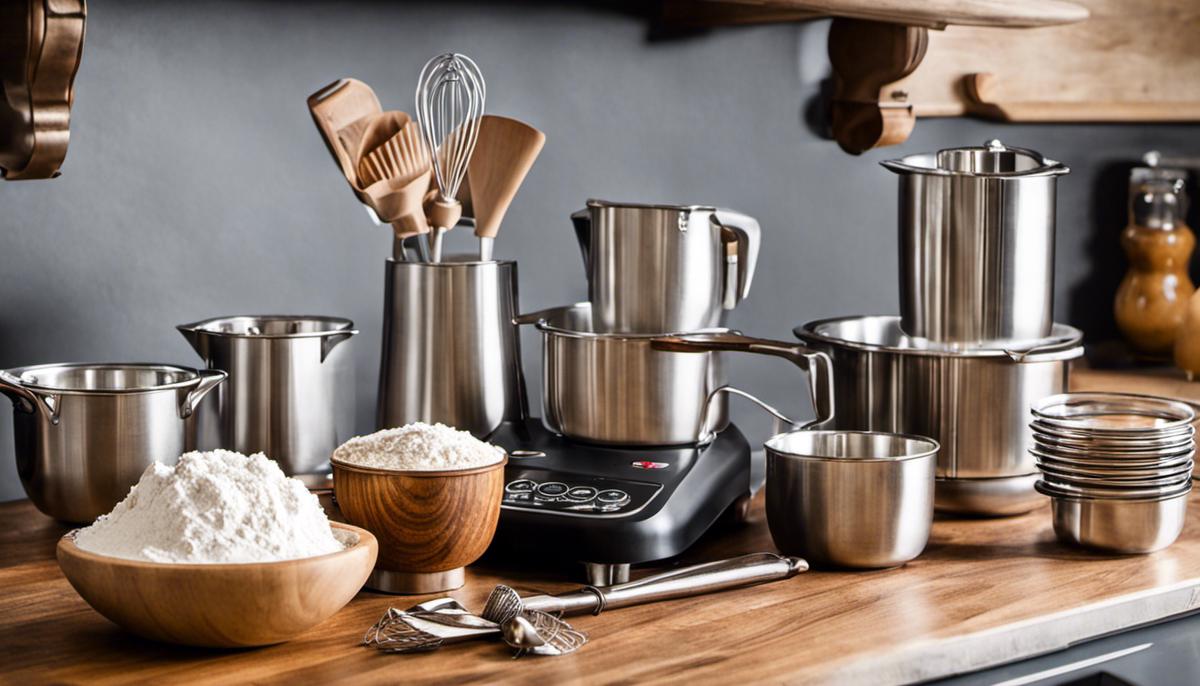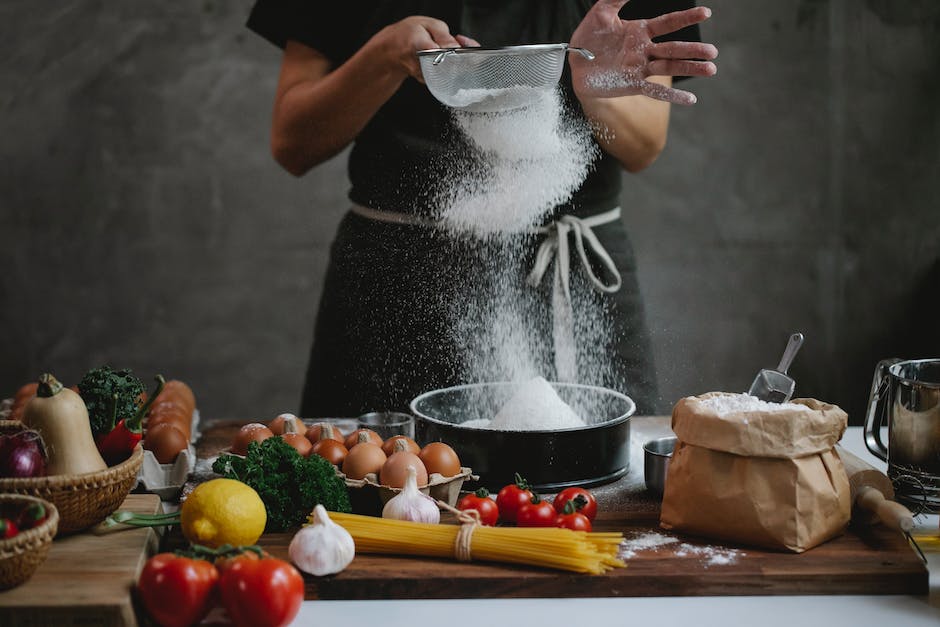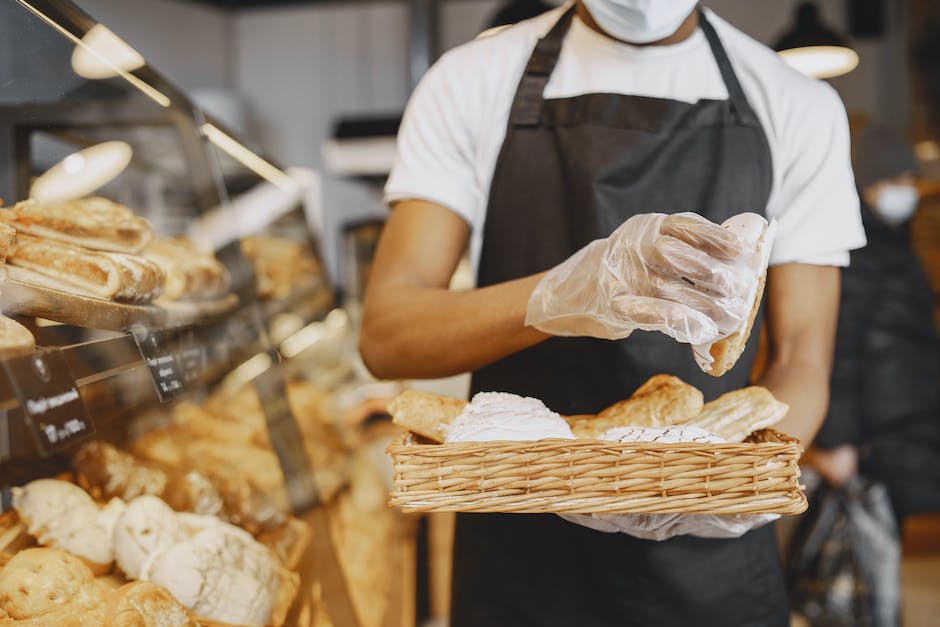Baking tips: Mastering the Essentials for Perfection
Welcome to the wonderful world of baking, where the sweet aroma of fresh-baked goods creates an atmosphere of warmth and delight. Understanding the basics of baking, from the indispensability of precise measurements to the delicate art of dough handling, can transform your kitchen into a haven of culinary creativity.
Whether you’re a seasoned baker or just starting off with your first recipe, this guide will offer insights on key baking techniques, help you comprehend the vital role each ingredient plays, and unravel the mysteries of oven temperatures and baking times. Ready to take your baking game to new heights?
Let’s begin this journey of gastronomic exploration – starting with the foundations and leading you through the process to the point where you can confidently experiment with your own creative variations.
Understanding Baking Basics

Understanding the Creaming Method in Baking
The creaming method is a technique used in baking, and it refers to the process of mixing butter and sugar together to create a light and airy base for your baked goods. You start with the butter at room temperature, and then add the sugar gradually as you beat them together. Beat the mixture until it becomes pale and fluffy — a key indicator that you’ve incorporated air into the mix, giving your baked goods an excellent texture.
Folding Dry and Wet Ingredients
Folding is a technique used to combine ingredients without knocking the air out of the mixture. To fold ingredients together, start by adding the dry ingredients to the wet ones. Hold the spatula or spoon in your dominant hand and the bowl in your other. Cut through the center of the mixture with the edge of the tool, then sweep around the side, folding the mixture onto itself. Rotate the bowl and repeat the process until the dry and wet ingredients are just combined. It’s important not to over-mix, as this can result in a denser final product.
Proper Whisking Techniques
Whisking is an important technique used in baking to mix ingredients smoothly and incorporate air into the mixture. To whisk effectively, hold the whisk handle in between your thumb and forefinger and make sure to move your entire arm while whisking rather than just your wrist. Use a side-to-side or figure-eight motion to distribute the force evenly across the ingredients. When whisking, ensure to reach all areas of the bowl to evenly combine ingredients, this helps in achieving a smoother, airier final product.
Mastering the Use of Baking Tools
Various baking tools are designed to make the process more efficient, accurate, and enjoyable. A stand mixer, for example, is an invaluable tool for a baker. It can beat, whip, and knead ingredients, leaving you free to do other tasks. Ensure to use it at correct speed setting depending upon the task at hand – a low setting for heavy doughs, medium for creaming butter and sugar, and high for whipping cream or egg whites.
Measuring cups and spoons provide precision in baking. Remember, baking is a science and requires the correct ratio of ingredients for success. Dry ingredients should be leveled off, while liquids should be at eye level for accuracy.
Understanding different baking tools and how to use them correctly can vastly improve the outcome of your baked goods. Learning these basic techniques and skills in baking such as creaming, folding, whisking, and using baking tools properly will definitely help you become more proficient and confident in the kitchen.
Ingredients Knowledge

Understanding the Role of Ingredients in Baking
It’s important to fathom the function of each ingredient in a recipe, as it aids in locating substitutions, fixing baking mishaps, and predicting how a recipe will work. Let’s discuss how various ingredients like flour, sugar, fats, and leavening agents affect the quality of baked goods.
Knowing Your Flour
Different types of flour yield different results, largely due to their protein content. All-purpose flour is typically used in many recipes due to its moderate protein content, around 10-12%, which provides the gluten structure without making baked goods tough. Bread flour contains more protein to produce chewy loaves, whereas cake flour has less, providing a tender, delicate texture. Whole grain flours contain bran and germ, adding flavor and texture but can also result in a denser baked good.
Sweeten With Sugar
Sugar performs more functions in baked goods than just sweetening. Granulated sugar or white sugar aids in browning and caramelization, creating a delightful crispy exterior in cookies. Brown sugar adds moisture and flavor due to the molasses content. Powdered sugar, due to its fine texture, is often used in icings and frosting. Additionally, sugar affects the texture of the baked good and contributes to its overall structure.
Fats and Textures
When it comes to fats, the right choice can affect the texture and flavor of your baked goods. Butter contributes to a rich flavor and tender crumb in cakes and cookies. It can also create flaky layers in pastries like croissants or pie crusts. Vegetable oil doesn’t have the water content that butter does, leading to moist, tender baked goods. Meanwhile, shortening has a high melting point, which means it won’t spread as much during baking, resulting in taller and fluffier cookies or pie crusts.
Leaveners Create Lift
Leavening agents like baking powder and baking soda create gas bubbles, which cause the dough or batter to rise. Baking soda is a base that reacts with acids (like buttermilk, brown sugar, or chocolate) to form carbon dioxide and give rise to the dough. Baking powder, on the other hand, already contains an acid (cream of tartar), and it only needs moisture and heat to react. It’s crucial to use the correct amount, as too little will result in a dense and heavy end product while too much can lead to an unpleasant taste and a collapse in structure.
In summary, every ingredient plays a unique role in a recipe. Understanding their functions is essential for mastering the culinary art of baking. This knowledge will let you manipulate ingredients to achieve desired outcomes, improvise with substitutions, and ensure your baked goods come out perfect every time.

Oven Temperatures and Baking Times
Understanding Your Oven
All ovens are not created equal. Understanding your own oven is crucial for successful baking. Most ovens have hot and cold spots, and temperatures can vary from the set temperature. To figure out the quirks of your oven, consider using an oven thermometer. This simple tool can ensure you bake at the exact temperature recipes call for, increasing your chances of baking success.
Importance of Correct Oven Temperatures
Temperatures in baking are crucial to achieving the right texture and doneness. Each baking process necessitates a specific temperature. For example, bread needs a high temperature to rise rapidly and get a nice crust, while cakes need moderate heat to cook evenly throughout. Incorrect temperatures can lead to a failure in the leavening process, overcooking, or undercooking.
Preheating the Oven
Preheating the oven before baking is important. Most recipes require this step because it ensures the dish is cooked evenly from the start. Skipping it might lead to longer baking times or unevenly cooked food. However, be careful not to preheat the oven excessively long, as it wastes energy.
Different Oven Settings and Their Uses
An oven usually has several settings, each for a particular type of food. The bake setting is best for cakes and bread, as it uses the heat coming from the bottom element. The broil setting is appropriate for foods that need a crisp topping, as it uses heat from the top. Use the convection setting when you want even cooking and browning, as it uses a fan to circulate the heat.
The Impact of Baking Times
Alongside temperature, time is equally significant in baking. Under-baking leads to doughy, uncooked centers, while over-baking results in dryness and burnt flavors. Following recipe times can help, but adjust as needed based on your oven and the appearance of your dish.
Experiment and Learn
Finally, keep in mind that baking is a science and requires a lot of experimentation. Even when you follow a recipe meticulously, results might vary due to factors like the oven’s quirks, ingredient quality, or even the weather. Deciphering your oven’s operation, regularly monitoring your baking, and learning from any missteps can make you a better baker over time. So embrace the journey and enjoy the wonderful world of baking.
Recipe Following and Experimental Baking

Basics of Recipe Following
To follow a recipe accurately, it’s crucial to read through the entire recipe before starting, paying special attention to ingredient list, oven temperature settings, and baking times.
It’s always smart to gather all necessary ingredients beforehand to streamline the cooking process. This is especially beneficial when baking, as certain methods require quick assembly.
Accurate measurements are key when baking. Using measuring cups and spoons for both liquid and dry ingredients ensures the correct quantities. For better precision, consider using a scale for dry ingredients as slight variations can impact the bake.
Follow the recommended oven temperatures and preheat the oven before baking. Baking towards the middle of the oven generally ensures even cooking.
Timing is crucial in baking. Set a timer according to the specified recipe time, but check a few minutes earlier to prevent over-baking.
Mastering the Basics in Baking
Before hopping into experimental baking, master the basic skills required. Understanding the role of each ingredient in a recipe is a critical first step. For example, baking powder and baking soda are leavening agents that help baked goods rise, while eggs provide structure and help bind ingredients.
Techniques are another critical part of baking. Understanding when to use a certain mixing method – like folding for delicate batters or creaming butter and sugar for cookies – can make a difference in texture and consistency.
Also, get familiar with your oven. Ovens can have hot spots or run slightly hotter or cooler than indicated.
Venturing into Experimental Baking
Once comfortable with following a recipe precisely and understanding the role of ingredients and techniques, you can begin to experiment.
Start by making small modifications such as adding new flavors (extracts, spices, or zests) or mix-ins (chocolate chips, nuts, or fruits). Consider changing the form in which you bake – cupcake recipes can often be adapted into cakes, and vice versa.
However, modifications to the structure of a recipe (like the amount of flour, eggs, or leavening agents) may lead to undesired results. Remember that baking is a science – changing the ratios and interacting chemistry can make or break your baked goods.
If you do choose to make significant modifications, make only one change at a time. This way, you will understand how a certain alteration affects the overall recipe.
Remember – experimentation in baking is an iterative process. There can and will be failures along the way, but these are stepping stones to improving your skills and understanding of baking. Keep a record of your tweaks and the results – both success and failures – it will eventually guide you towards creating your own successful variations.
Trying Advanced Techniques and Unconventional Ingredients
As you become more confident and adept in your baking, you can try out advanced techniques like making laminated doughs for pastries, tempering chocolates, and learning how to create artistic decoration on your baked goods.
You can also begin incorporating unconventional ingredients in your baking for health benefits or distinct flavors. Almond flour, spelt flour, or coconut oil can offer unique takes on traditional recipes.
Remember, the path to becoming a proficient baker involves a blend of following recipes accurately, understanding the basics of baking, and not being afraid to experiment. Happy Baking!

With knowledge of fundamental baking techniques, an understanding of ingredients’ roles, and a clear perception of oven dynamics, you now possess the necessary skills to tackle any recipe – or even start inventing your own!
Not only can you recreate your favorite bread, pastries, and desserts with ease, you can manipulate variables along the way, discovering new textures and flavors. Remember, the beauty of baking – and cooking in general – lies in the balance between precision and creativity.
Embrace the science without losing your artistic license. Happy baking, and here’s to many triumphant moments coming out from your own home kitchen!

